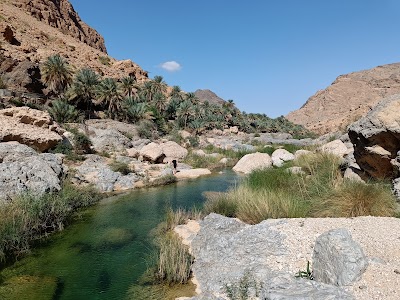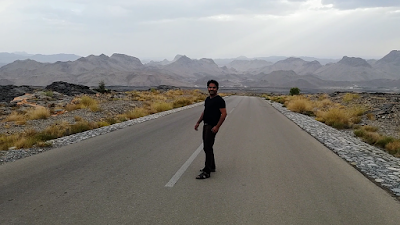Al Mudhaireb (المضيرب)
Related Places
Overview
Al Mudhaireb is a village steeped in history and adorned with stunning architecture, nestled in the Ash Sharqiyah North Governorate of Oman. This charming locale is celebrated for its traditional Omani culture, ancient buildings, and tranquil ambiance, making it a captivating destination for travelers and a hidden gem within the country’s diverse landscape.
Historical Significance
The origins of Al Mudhaireb date back several centuries, established as a settlement due to its strategic position at the crossroads of vital trade routes. These routes connected the interior cities of Oman to the coastal regions, facilitating the exchange of goods, culture, and ideas. As a result, the village became an essential stopover for traders and travelers alike, contributing significantly to its rich historical narrative.
Architectural Marvels
The construction within Al Mudhaireb is a reflection of traditional Omani architecture, characterized by the use of locally sourced materials such as mudbrick, clay, and palm fronds. These materials were chosen not only for their availability but also for their ability to regulate indoor temperatures, a crucial feature in the harsh desert climate. The village's houses and structures are designed to be both sturdy and functional, providing shelter and comfort in the arid environment.
Watchtowers and Scenic Views
One of the most striking features of Al Mudhaireb is its impressive collection of over 50 watchtowers that loom over the village. Historically, these watchtowers served purposes of defense and surveillance, enabling villagers to detect potential threats from afar. Perched high above, the watchtowers offer breathtaking panoramic views of the surrounding landscape, showcasing the beauty and vastness of the Omani desert.
Traditional Irrigation Systems
Al Mudhaireb is also renowned for its traditional Omani falaj system, an ancient irrigation method that channels water from underground sources to agricultural fields. This intricate network of man-made channels has been vital in supporting local agriculture, allowing residents to cultivate crops and sustain their livelihoods despite the arid conditions. The falaj system stands as a testament to the ingenuity and resourcefulness of the village’s ancestors.
Narrow Alleys and Community Spirit
The village’s narrow, winding alleys are a hallmark of traditional Omani architecture. These pathways, lined with towering mudbrick walls and adorned with intricately carved wooden doors, create a sense of security and privacy while fostering social interaction among residents. The village layout promotes cooling airflow, featuring shaded walkways that provide respite from the scorching sun.
The Heart of the Village
At the center of Al Mudhaireb lies its main square, a historical hub of communal activity. This vibrant gathering place has long hosted markets, festivals, and social events, playing a vital role in the cultural life of the village. Surrounded by picturesque buildings, many of which have been preserved and restored, the square maintains the village’s historical charm.
Preservation Efforts
Over the years, dedicated efforts have been made to preserve the architectural and cultural heritage of Al Mudhaireb. Restoration projects aim to maintain the authenticity of traditional buildings while ensuring their structural integrity. These initiatives not only protect the village’s historical significance but also promote tourism, allowing visitors to immerse themselves in a slice of Omani history and culture.
A Living Museum
Today, Al Mudhaireb stands as a living museum, offering valuable insights into the traditional Omani way of life. Its timeless allure attracts visitors from around the globe, inviting them to explore its narrow alleys, admire its watchtowers, and learn about the ingenuity of the falaj irrigation system. As guests wander through the village, they are transported back in time, gaining a deeper appreciation for Oman’s rich cultural heritage.








